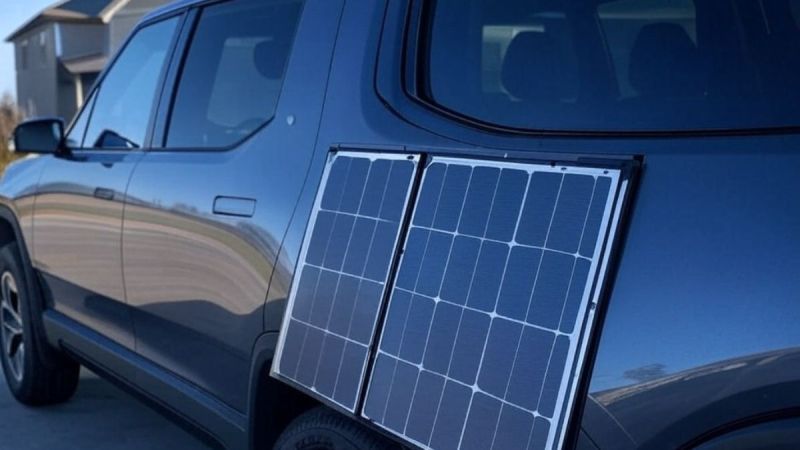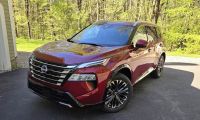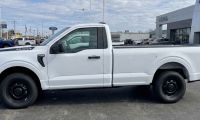This evening, while strolling through the "RIVIAN Electric Vehicle Discussion" group, I came across an intriguing post by Deuce Roams. Living full-time in his Rivian R1T, he constantly seeks ways to make life on the road easier. His latest upgrade, a Renogy 200W solar panel mounted on his rooftop tent alongside a Gen 3 Starlink Dishy, allows him to keep his Eco Flow Delta 2 charged and Starlink running while driving.
He describes the impact of this setup in his own words:
"Living full-time as a nomad in my Rivian R1T, I’m always looking for ways to make life on the road easier. My latest upgrade is a Renogy 200W solar panel mounted on my rooftop tent next to my Gen 3 Starlink Dishy. This mod allows me to keep my EcoFlow Delta 2 topped off and my Starlink running while I’m driving, no more setting up and tearing down at every stop. This setup has been a real game-changer for staying powered and connected wherever I roam. Is anyone else rocking a similar setup? I would love to hear what’s working for you!"
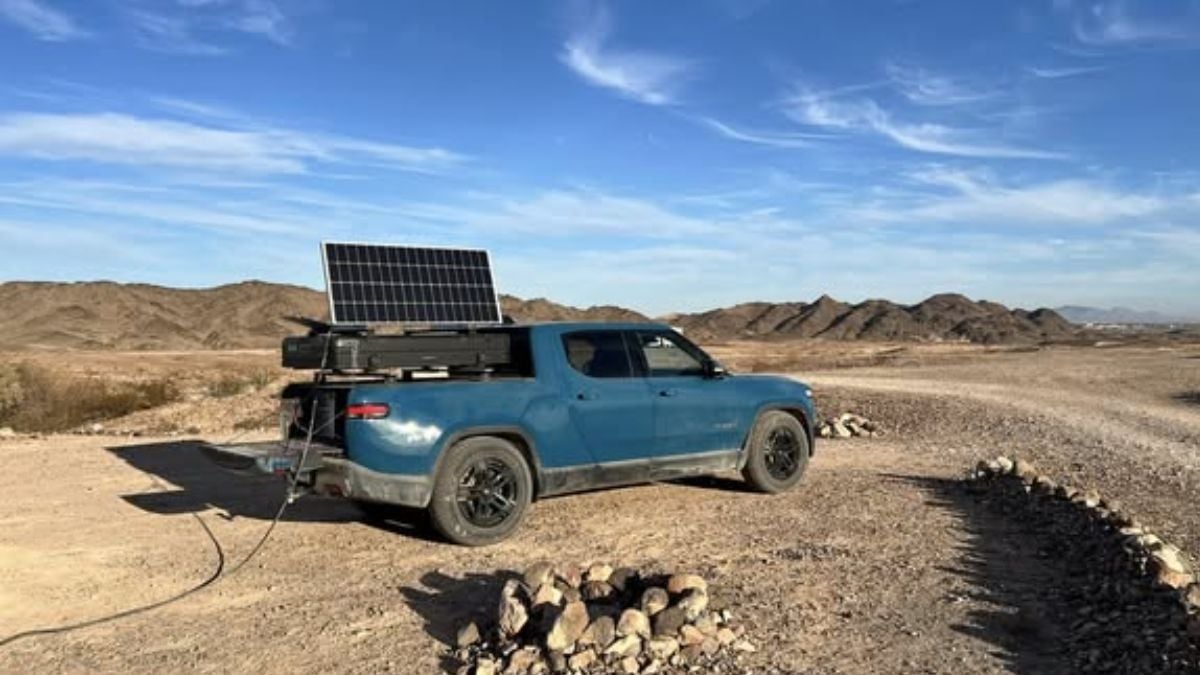
The Growing Trend of Full-Time EV Nomadism
Deuce Roams isn’t alone in his off-grid pursuits. More and more people are turning to electric trucks like the Rivian R1T for full-time travel, thanks to their impressive range, rugged capability, and ability to generate power for essential electronics. His post sparked a conversation among Rivian owners who have adopted similar setups.
Steven May responded with curiosity, writing:
"Great setup! I'd love to hear how you chose the Rivian and teardrop and how it's doing for full-time travel. I'm looking at options and am hesitant to go electric."
Steven’s hesitation is understandable. While Rivian’s electric trucks are built for adventure, some potential owners worry about charging infrastructure. As seen in cases like the Rivian R1S nightmare charging mishap that left a dog trapped, reliability can sometimes be an issue. However, for those who plan their routes carefully and embrace renewable energy, electric overlanding is more viable than ever.
Gabriel Grasso shared his approach to preparedness, stating:
"I don’t live full-time in my R1S, but I do travel between my home in NV and my ranch in CA. I’m a prepper, and the ranch is my bug-out location. I carry four basic survival items:
A bug-out bag with essential items, including a small solar panel.
A Starlink Mini (fits in the bag).
A small EcoFlow battery for the Starlink (fits in the bag).
A 1911."
For those using their Rivians for emergency preparedness, having a reliable energy source is critical. While Starlink ensures connectivity, integrating solar and battery storage like Deuce Roams’ setup could make a huge difference for preppers like Gabriel.
Christine Burtis also chimed in with her road trip solution:
Advertising "We mount our Starlink to the glass roof from the inside when we head out for road trips, especially to places like Yosemite. Also, we love the electric cooler that we keep plugged in the whole time."
Christine’s setup is a great example of how Rivian owners find creative ways to maximize their vehicle’s features for travel convenience. However, those relying heavily on Rivian's connectivity options should be aware of software inconsistencies, as highlighted in this frustrated Rivian driver’s experience with streaming issues.
Making Full-Time Travel in an EV Practical
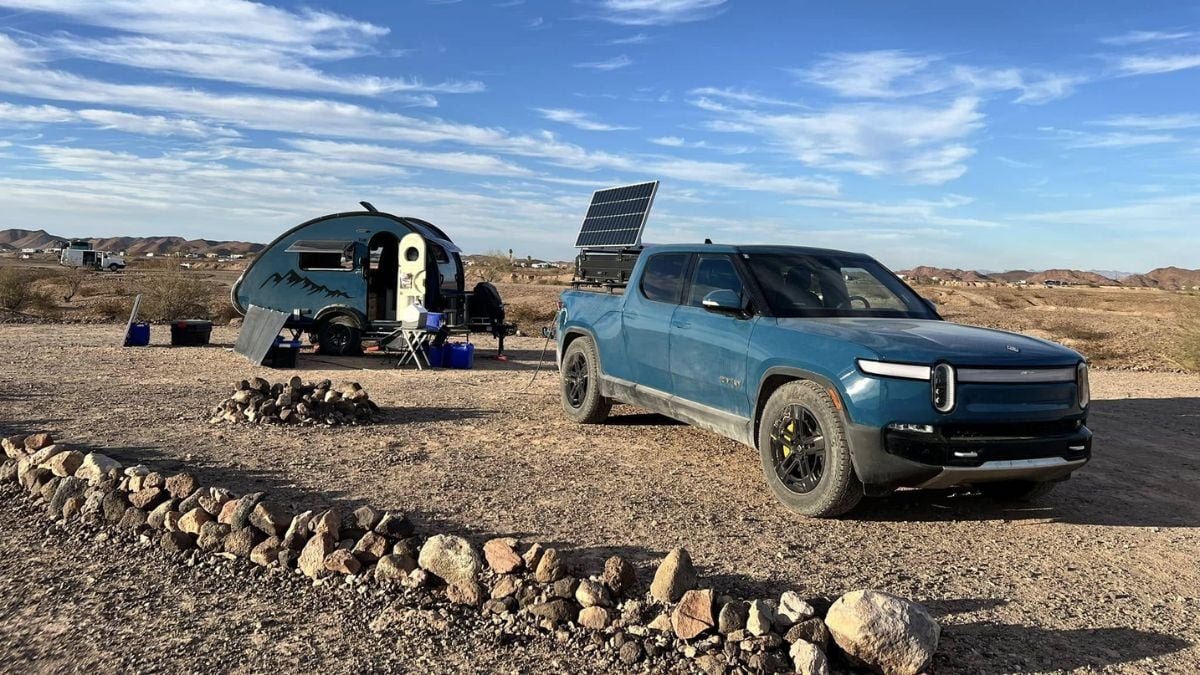
If you're considering turning your Rivian into a full-time off-grid rig, here are some key takeaways:
-
Solar Power is a Must – A rooftop-mounted panel, like the Renogy 200W, ensures that your portable power station (such as the Eco Flow Delta 2) stays charged.
-
Starlink for Connectivity – Mounting a Gen 3 Dishy enables high-speed internet even in remote locations.
-
Energy Management – EcoFlow and similar battery storage solutions help keep devices running without draining your truck’s battery.
-
Planning is Key – Whether for off-grid adventures or bug-out scenarios, having a backup power and internet plan ensures self-sufficiency.
-
Vehicle Maintenance & Adaptation – Keeping up with software updates and being aware of potential phone key issues that could arise after updates will help maintain a hassle-free journey.
-
Learning from Others' Experiences – Many Rivian owners are constantly innovating, and staying connected with the community can provide invaluable tips and insights for those new to the off-grid lifestyle.
A Lesson from the Road
At its core, Deuce Roams' experience with off-grid EV living teaches an important lesson: adaptability is key to a successful nomadic lifestyle. Whether you're a full-time traveler, a weekend explorer, or a prepper, having the right gear and a willingness to problem-solve can make all the difference.
For those still on the fence about electric overlanding, consider this: the more we innovate with renewable energy solutions, the more self-reliant and prepared we become. As Rivian continues to refine its vehicles, it’s crucial for owners to provide feedback and request improvements, as seen in this proposal for Rivian’s next-gen R1T to maintain its cool factor.
What’s Your Setup?
If you own a Rivian, have you experimented with solar and Starlink? How do you stay powered on the road? Share your thoughts in the comments!
Additionally, what’s your biggest challenge when it comes to full-time travel in an EV? Let’s discuss ways to make off-grid electric adventures even better.
Narek Hareyan is a young automotive journalist with experience in a golf cart dealership and an interest in the automotive industry. Follow Narek on X for daily news coverage about cars.


